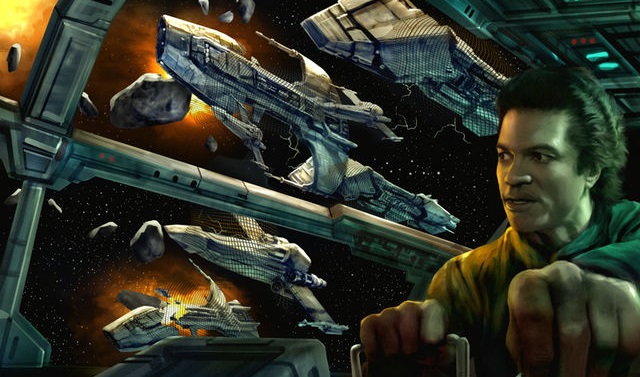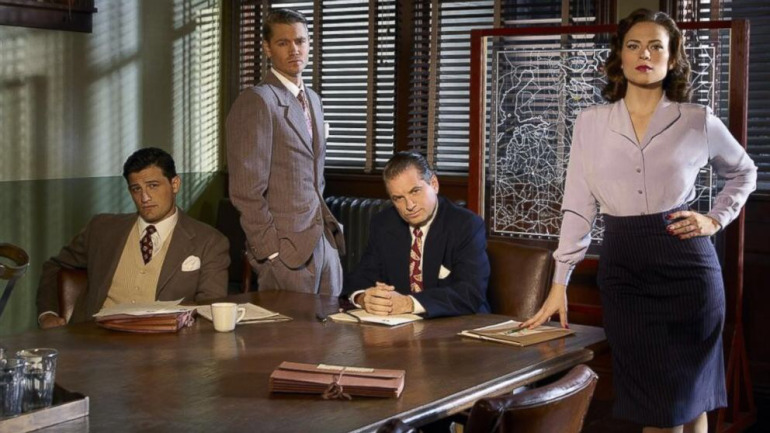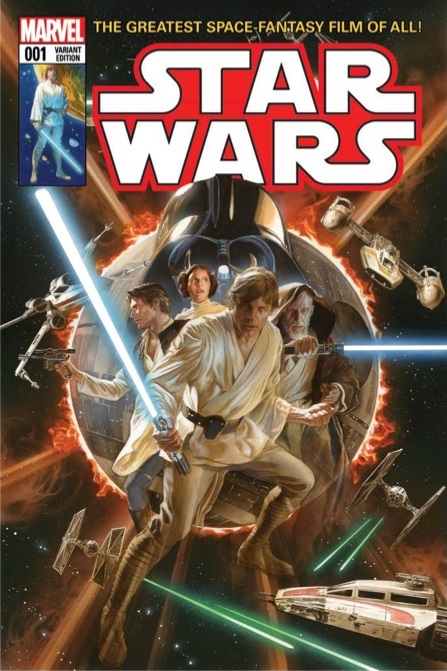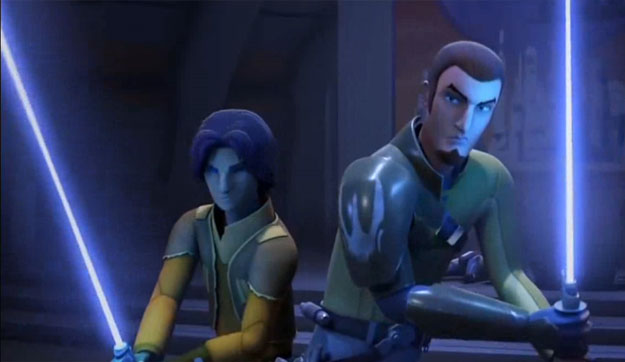
One of the frustrating things about running an op-ed blog instead of a news blog is, you occasionally have to set aside what you’re most excited to talk about in favor of the thing that’s most fully developed. In this case, I’m writing these words within hours of the announcement of the first standalone Star Wars film, Rogue One, but it’s way too soon to have anything worthwhile and intelligible to say about what’s basically just a title at this point. If you’d like to see me talk about why this appears to be great news, you can head here to see me make the case for a Red Squadron novel about a year ago, or stay tuned to Tosche Station Radio, where I’ll be a guest next week for just that reason.
Moving on—the other weird thing about this piece is that I couldn’t quite decide whether to bill it as an Expanded Universe Explains or an Escape Pod, for reasons that will become clear shortly. For starters, though, let’s talk about Taanab. Originally referred to, of course, in Return of the Jedi, the “Battle of Taanab” was a conflict that for some reason involved civilian (and scoundrel) Lando Calrissian back before he got mixed up with the Rebellion. When he was awarded the rank of General despite seemingly no military experience, he speculated that Alliance leadership must have heard about his “little maneuver” at Taanab. Read More


 “Forever? ‘Forever’ is a word for children.”
“Forever? ‘Forever’ is a word for children.”
